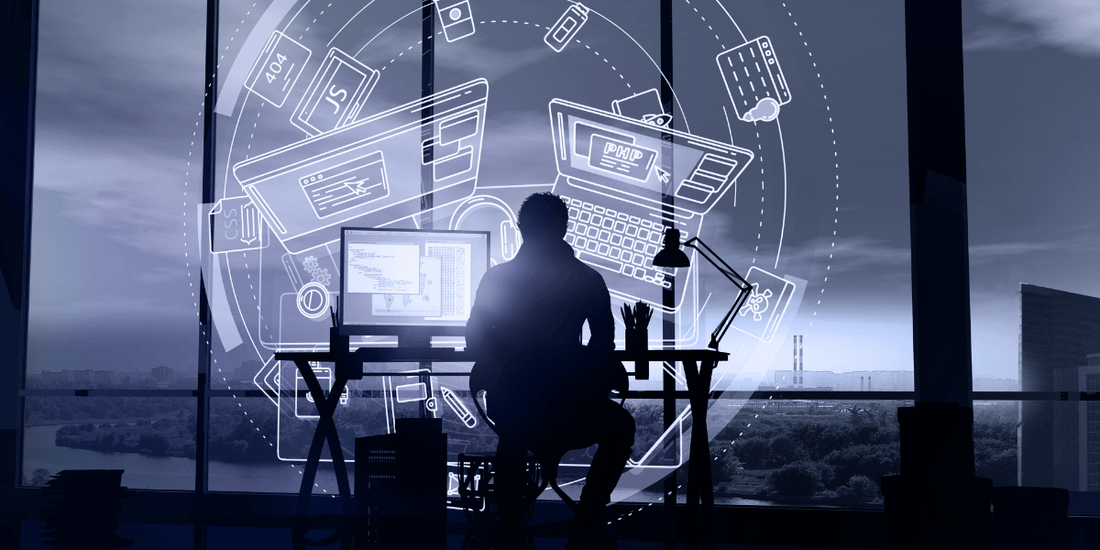
Examples of Augmented Reality in Education
Share
There are a number of examples of augmented reality in action. One of the best-known is the Pokemon go game. This app, introduced in 2016, quickly became an instant hit among all ages. Its combination of digital technology and physical involvement was intended to solve the obesity problem that plagues so many online games. To play, players have to find the cartoon character in the surrounding area. Using a headset, they can move around the environment and adjust the 3D model to make it look more authentic.
One example is the "Dinosaur 4D+" AR app. This educational app allows students to explore 3D dinosaurs and learn more about them. There are flashcards available for each dinosaur that will help them identify each one. Another example is "Element 4D." This AR app allows students to learn about chemical elements in a fun way. They can look up each element's atomic weight and other useful information about it.
There are several examples of AR being used in education. For example, Chevron has an AR app for coloring books that projects color images into 3D renderings. This app has yet to be released to the public, but it is expected to open up a new world of play for young children. The beauty company L'Oreal also has an AR app that allows users to simulate makeup. They can choose a product, scan their face, and see the results in virtual makeup.
 AR can be a powerful tool for learning and improving education. The technology can be used in classroom settings for training and sales funnels. It can even improve the way people live, learn, and work. With the right application, AR can help people make the most of the digital revolution. It will make it easier for everyone to tap into the benefits of the digital age. If you're an educator, you need to get started on the future of learning. A new technology called augmented reality will provide you with endless opportunities for success.
AR can be a powerful tool for learning and improving education. The technology can be used in classroom settings for training and sales funnels. It can even improve the way people live, learn, and work. With the right application, AR can help people make the most of the digital revolution. It will make it easier for everyone to tap into the benefits of the digital age. If you're an educator, you need to get started on the future of learning. A new technology called augmented reality will provide you with endless opportunities for success.
In education, augmented reality is already being used in various industries. For example, PEZ play, an augmented reality app for the PEZ brand, allows users to experience the PEZ characters in a new way. The same technology is also being used in sports and entertainment, but with the purpose of improving the learning experience. It will give the student a unique experience when using it. Similarly, it will allow the trainer to check the simulation of the welding process.
The use of augmented reality has become common in many industries. Some examples include PEZ Play, an AR app that allows users to scan the pages of their favorite PEZ character and place it anywhere in the real world. Likewise, Sephora's AR mobile app lets users try on lipstick before buying it. The technology is also getting more widespread in the media, including physical retail stores. With the use of augmented reality glasses, marketers can deliver location-aware information to consumers and remote audio and video communication.
For businesses, AR has great potential for promoting a brand's products. The PEZ Play app enables users to place the PEZ characters in the real world. For a brand, AR can also be a great way to tell a story and build on existing customer loyalty. There are several augmented reality examples for brands that make mobile marketing more engaging. For example, Disney created an AR app that allows kids to see their favorite characters in 3-D.
Currently, the technology isn't ready for commercial use. While AR has been widely tested in consumer markets, its impact on human performance has been greater in industrial settings. For example, a company that designs U.S. Navy aircraft carriers is using AR in the final stages of the manufacturing process. With AR, engineers can compare the actual ship with its 3-D blueprints to make it more accurate. By employing this technology, the team can reduce the time spent on inspection by ninety percent, and thus increase the efficiency of their entire team.